Something in the frozen wilderness of Antarctica looks as if it came straight from a horror film—a glacier that appears to bleed crimson, staining the icy landscape like a wound that never heals. This chilling spectacle, known as Blood Falls, has fascinated explorers, baffled scientists, and inspired countless stories since its shocking discovery. What could cause such a haunting phenomenon in the world’s most remote, untouched continent? The truth is even stranger and more awe-inspiring than fiction, inviting us to peer into the mysteries hidden beneath Antarctica’s icy crust.
The Eerie Enigma of Blood Falls
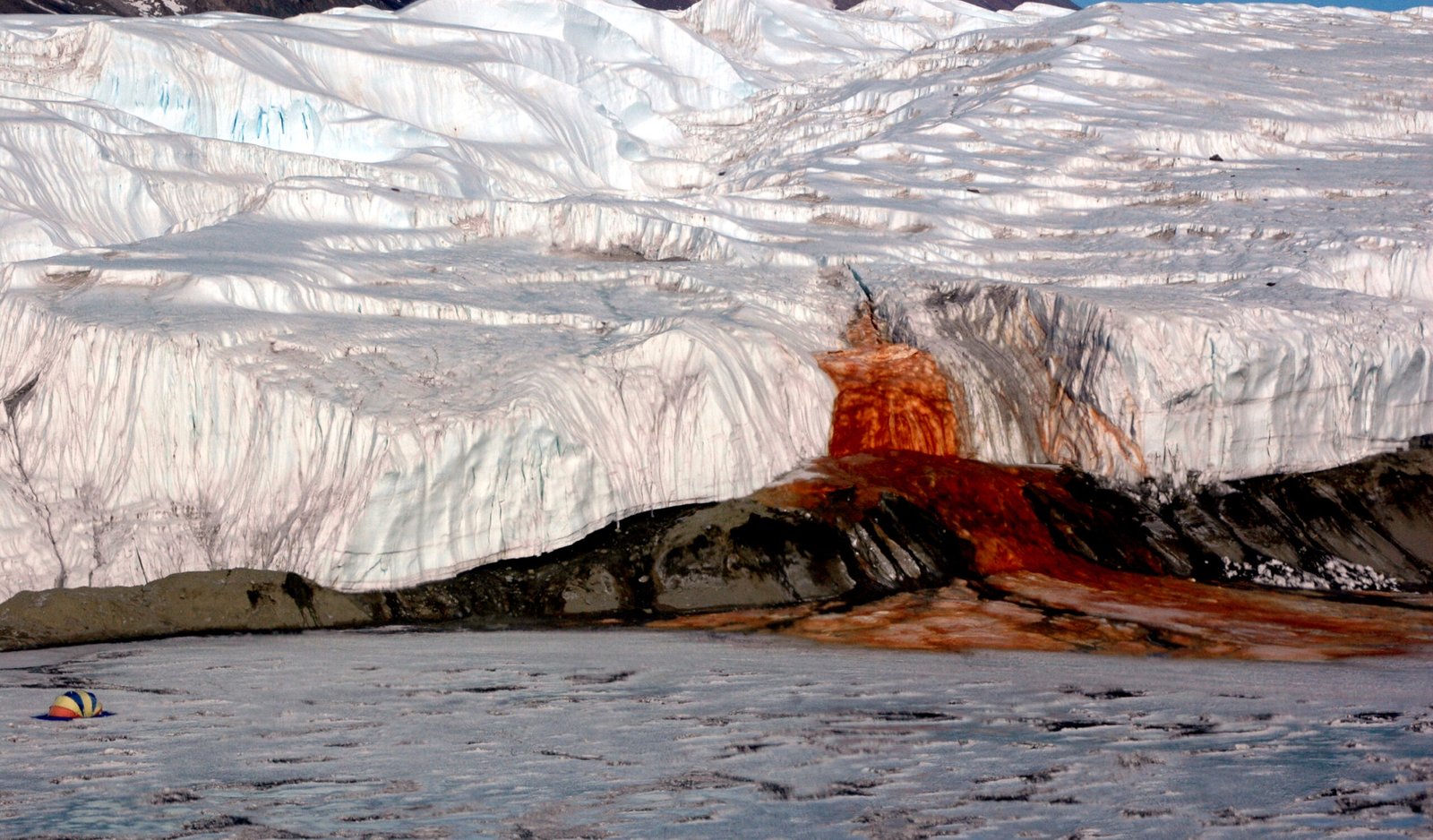
Blood Falls is not your typical Antarctic glacier. Instead of gleaming white or icy blue, its snout oozes a rusty red plume that streaks across the frozen surface. When first spotted in 1911 by geologist Thomas Griffith Taylor, the sight was so bizarre that people speculated about everything from red algae to supernatural forces. For years, the “bleeding” glacier stood as one of the continent’s creepiest mysteries, its true nature hidden deep within the ice. Scientists and adventurers alike have trekked across miles of inhospitable terrain just to witness the unsettling beauty of this natural phenomenon.
Where Is Blood Falls and How Was It Discovered?
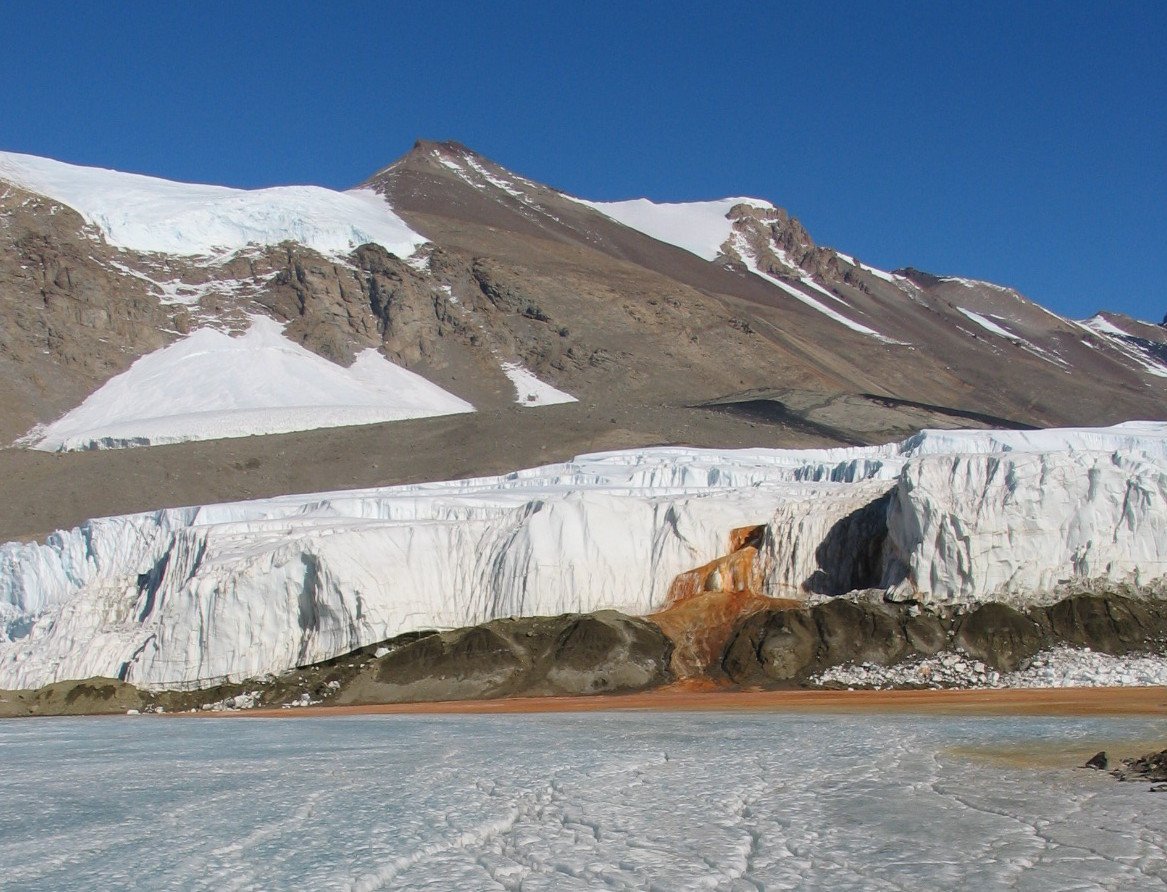
Blood Falls sits at the terminus of Taylor Glacier in Antarctica’s McMurdo Dry Valleys—a region so cold and dry it’s been compared to Mars. In 1911, Taylor and his team stumbled upon this strange sight during their Terra Nova Expedition. The vivid red color cutting through the pristine white ice immediately captured their attention and set off a century-long quest to understand its origins. To this day, Blood Falls remains one of the most photographed and talked-about landmarks in the Antarctic wilderness, drawing scientists from all over the world who are eager to unravel its secrets.
A River of Iron: The Science Behind the Color
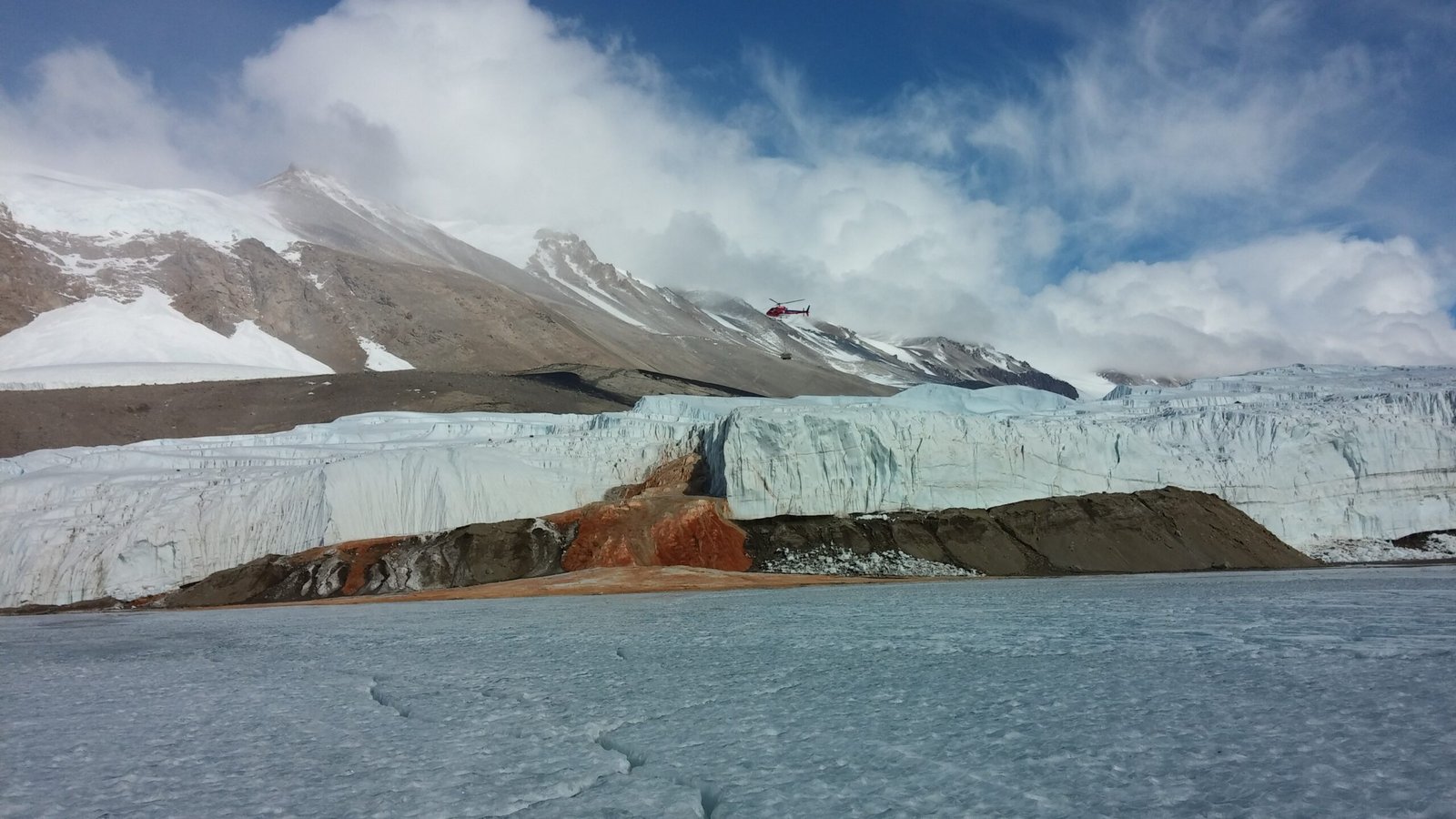
The intense red coloration of Blood Falls has nothing to do with blood or even algae, as early theories suggested. Instead, it’s the result of iron-rich, salty water seeping from deep beneath the glacier. When this hidden brine comes into contact with the open air, the iron reacts with oxygen and essentially rusts, much like an old nail left in the rain. This process, called oxidation, paints the ice with shocking streaks of rusty red, creating the illusion that the glacier itself is bleeding. It’s a dramatic, natural chemistry experiment happening on an epic scale.
A Hidden Lake Locked Beneath the Ice
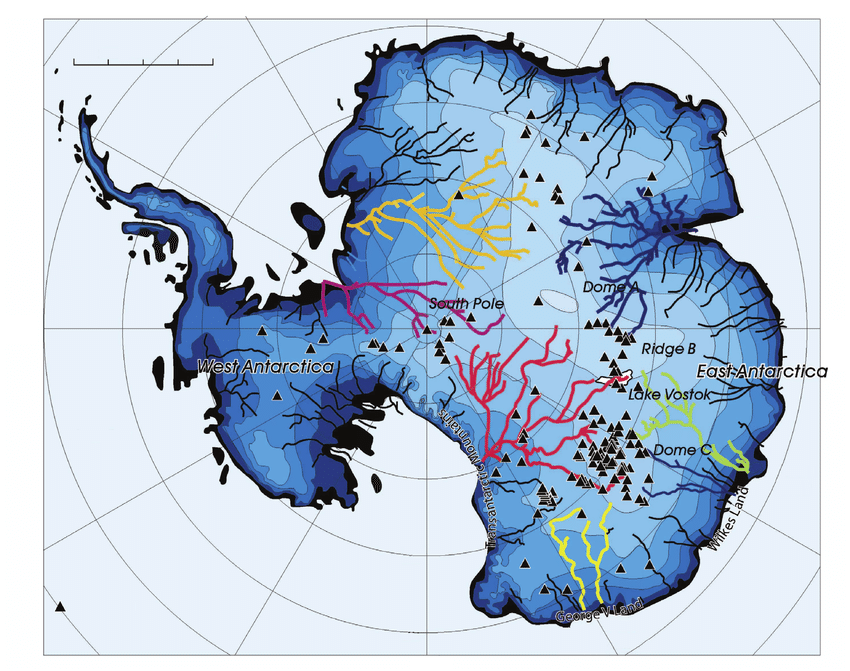
Beneath Taylor Glacier lies a dark, salty lake that has been sealed off from the outside world for millions of years. This subglacial lake is so salty that it never freezes, even in the brutal Antarctic cold. Trapped in this isolated pocket of brine are ancient minerals, dissolved iron, and a unique collection of microscopic life forms. The pressure from the overlying ice slowly forces some of this water out through cracks in the glacier, where it spills out as Blood Falls. This hidden reservoir is like a time capsule, preserving secrets from a prehistoric Earth.
Life Finds a Way: Microbes in Extreme Isolation
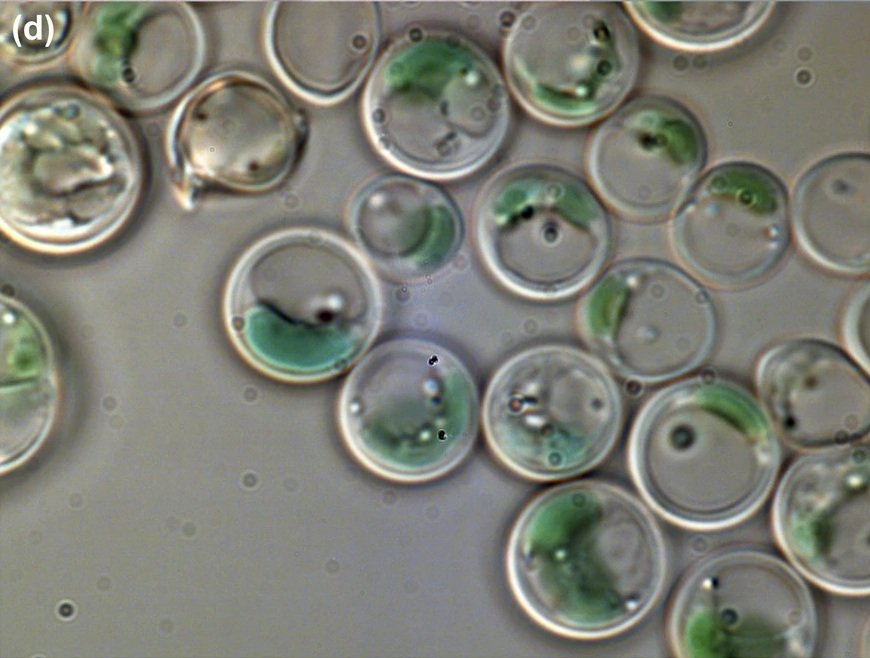
One of the most shocking discoveries about Blood Falls is that it’s teeming with life—though not the kind you might expect. Scientists were astounded to find thriving communities of bacteria living in the oxygen-starved, iron-rich brine beneath the glacier. These hardy microbes survive by “breathing” sulfate and “eating” iron, a process that would be impossible for most known life forms. Their existence suggests that life can survive, and even flourish, in environments that seem utterly inhospitable. It’s an inspiring reminder of nature’s resilience and adaptability.
Clues to Life Beyond Earth
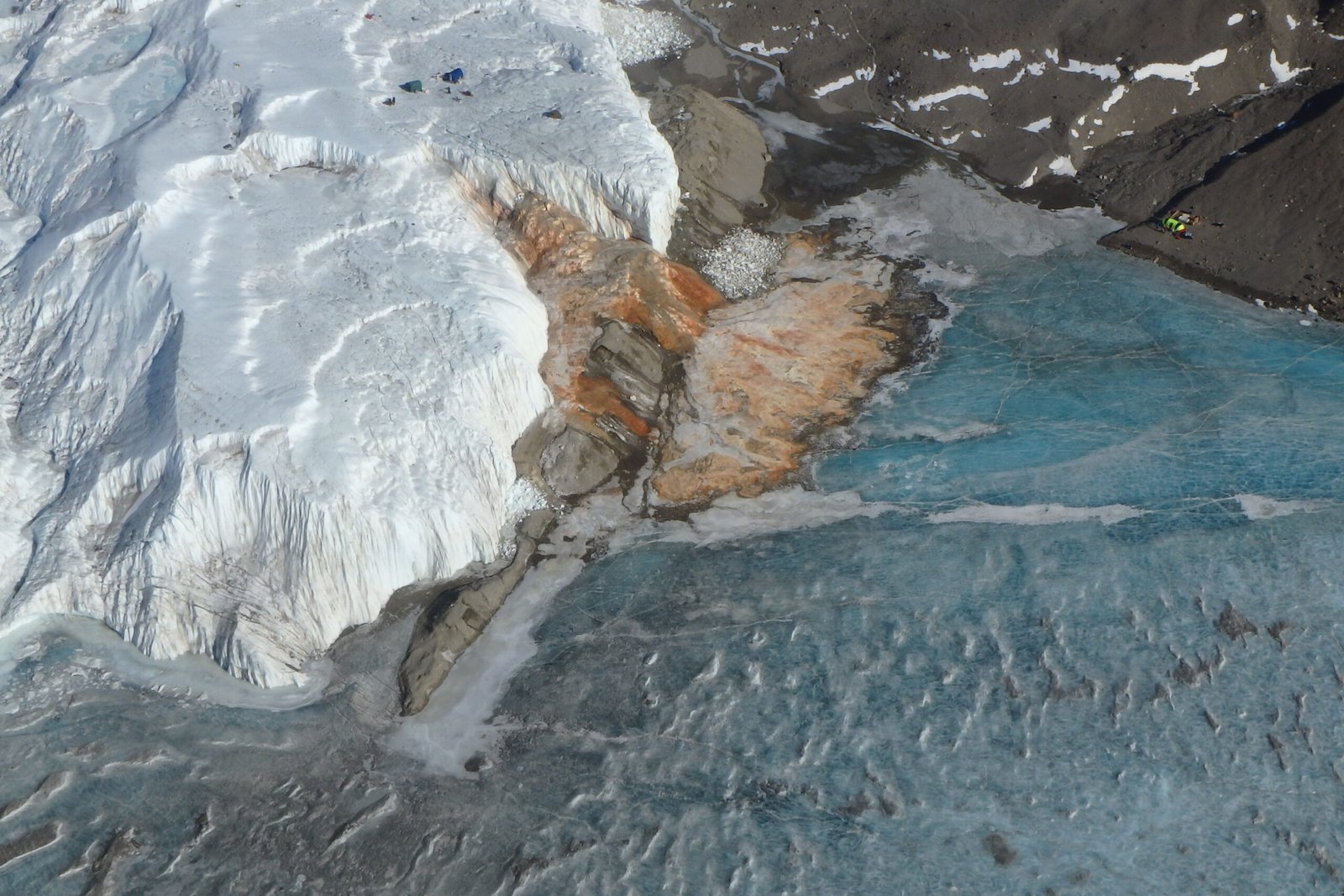
The extreme conditions at Blood Falls—darkness, cold, salt, and lack of oxygen—are some of the closest analogs on Earth to the environments we expect on Mars or Europa, one of Jupiter’s icy moons. Scientists believe that studying the microbes at Blood Falls could offer vital clues about how life might exist elsewhere in the solar system. The same processes that allow bacteria to survive under Taylor Glacier may help us understand how alien life could thrive beneath the surface of distant planets or moons, turning this creepy Antarctic feature into a hopeful beacon for astrobiology.
The Role of Salt and Brine in the Antarctic Ecosystem
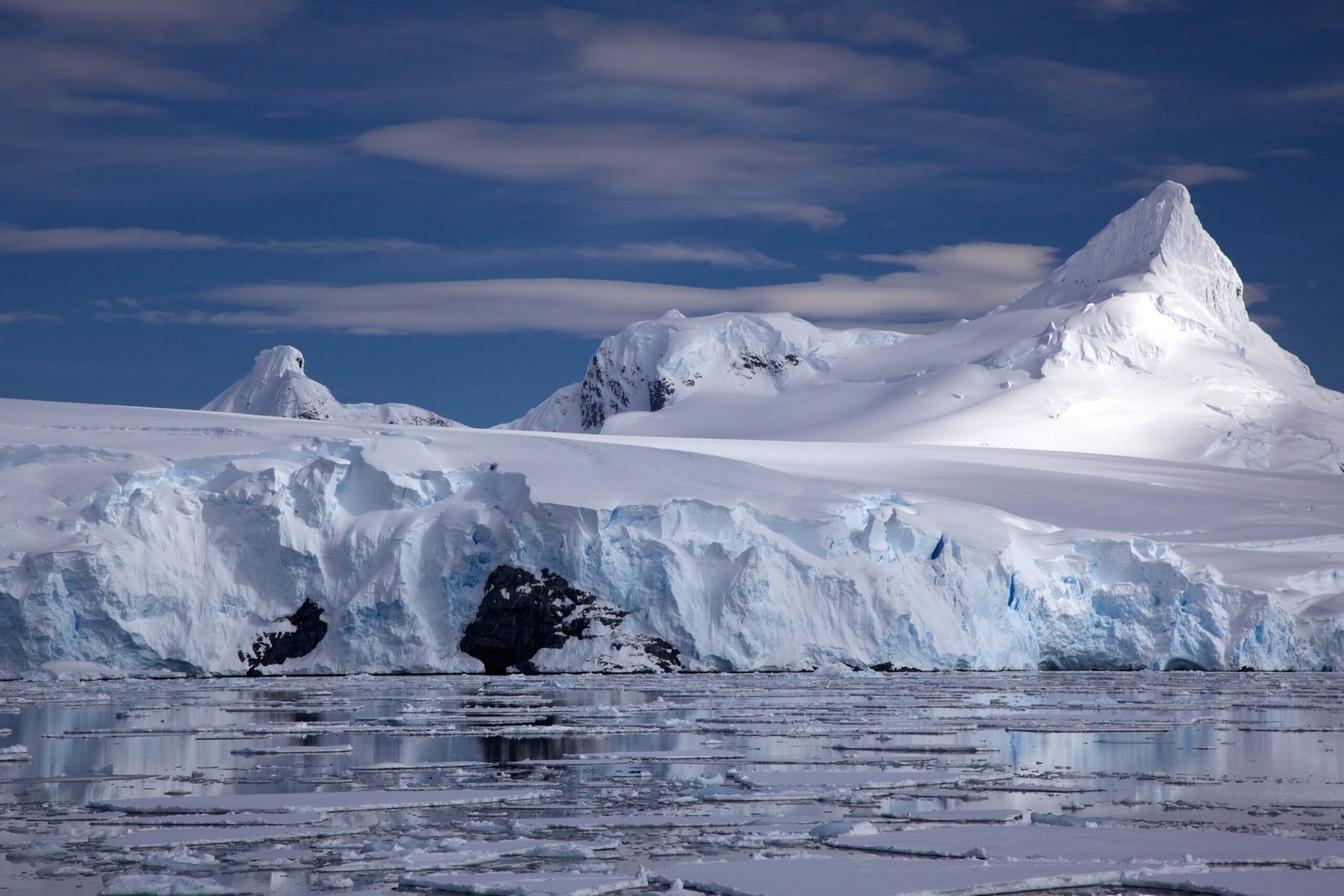
The salty, iron-laden water beneath Taylor Glacier is a crucial part of the story. Unlike most glacier meltwater, which is fresh, the brine at Blood Falls is incredibly dense and salty, allowing it to remain liquid at temperatures far below freezing. This unique chemistry not only preserves ancient minerals and supports microbial life, but also influences the local environment. As the brine seeps out, it creates isolated pockets of habitability—and adds a splash of unexpected color to Antarctica’s harsh, monochrome world.
Modern Technology Unlocks Ancient Mysteries
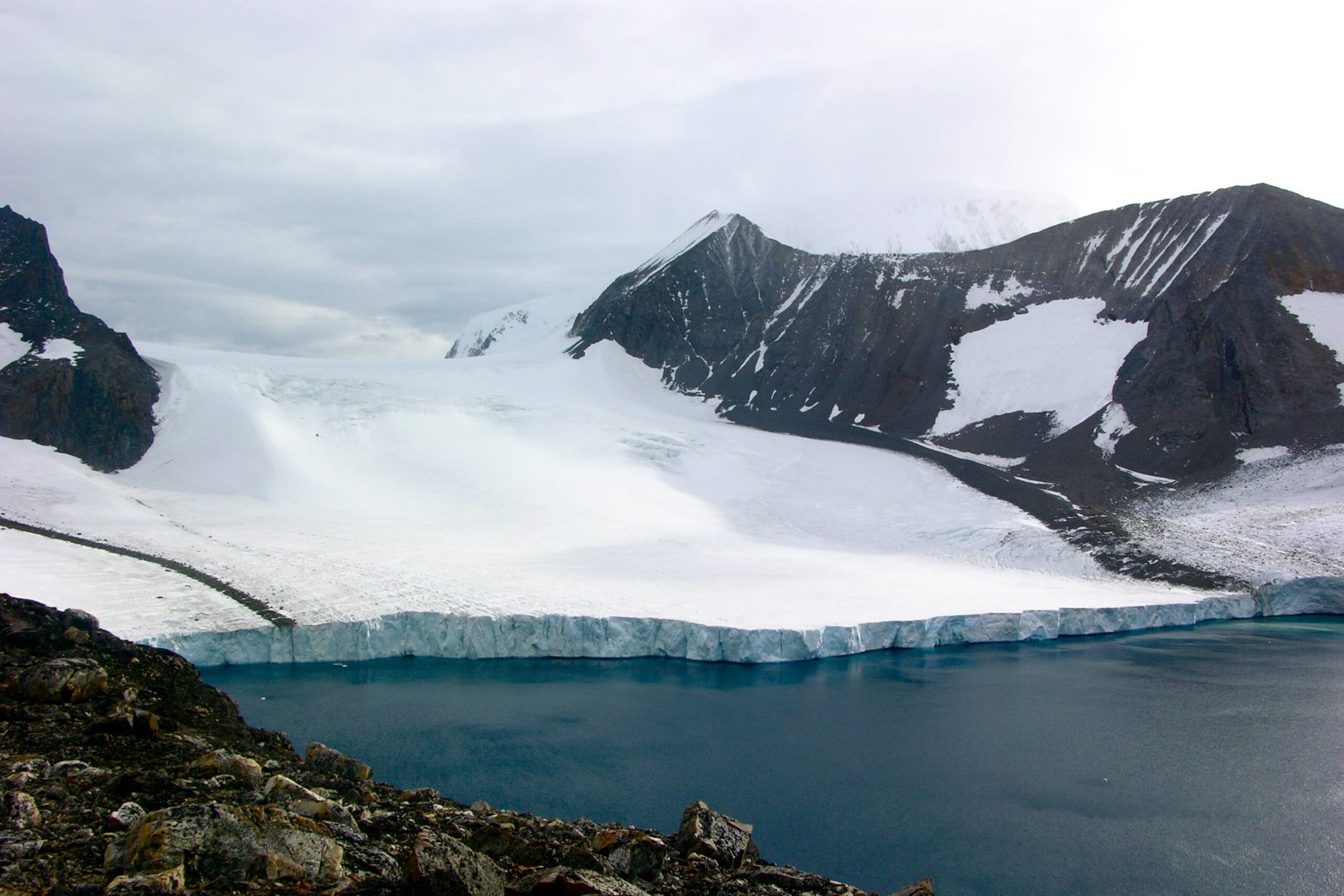
In recent years, scientists have used cutting-edge technology—like ice-penetrating radar, robotic drills, and genetic sequencing—to probe the depths of Blood Falls and its hidden lake. These tools have revealed a complex network of subglacial rivers and lakes that connect far beneath the ice. By analyzing water samples and microbial DNA, researchers are piecing together a detailed picture of how this ecosystem works, how it evolved, and what it can teach us about Earth’s past—and possibly its future. Each new discovery brings more questions, fueling the sense of wonder that surrounds this haunting landscape.
Blood Falls as a Window into Earth’s Climate History
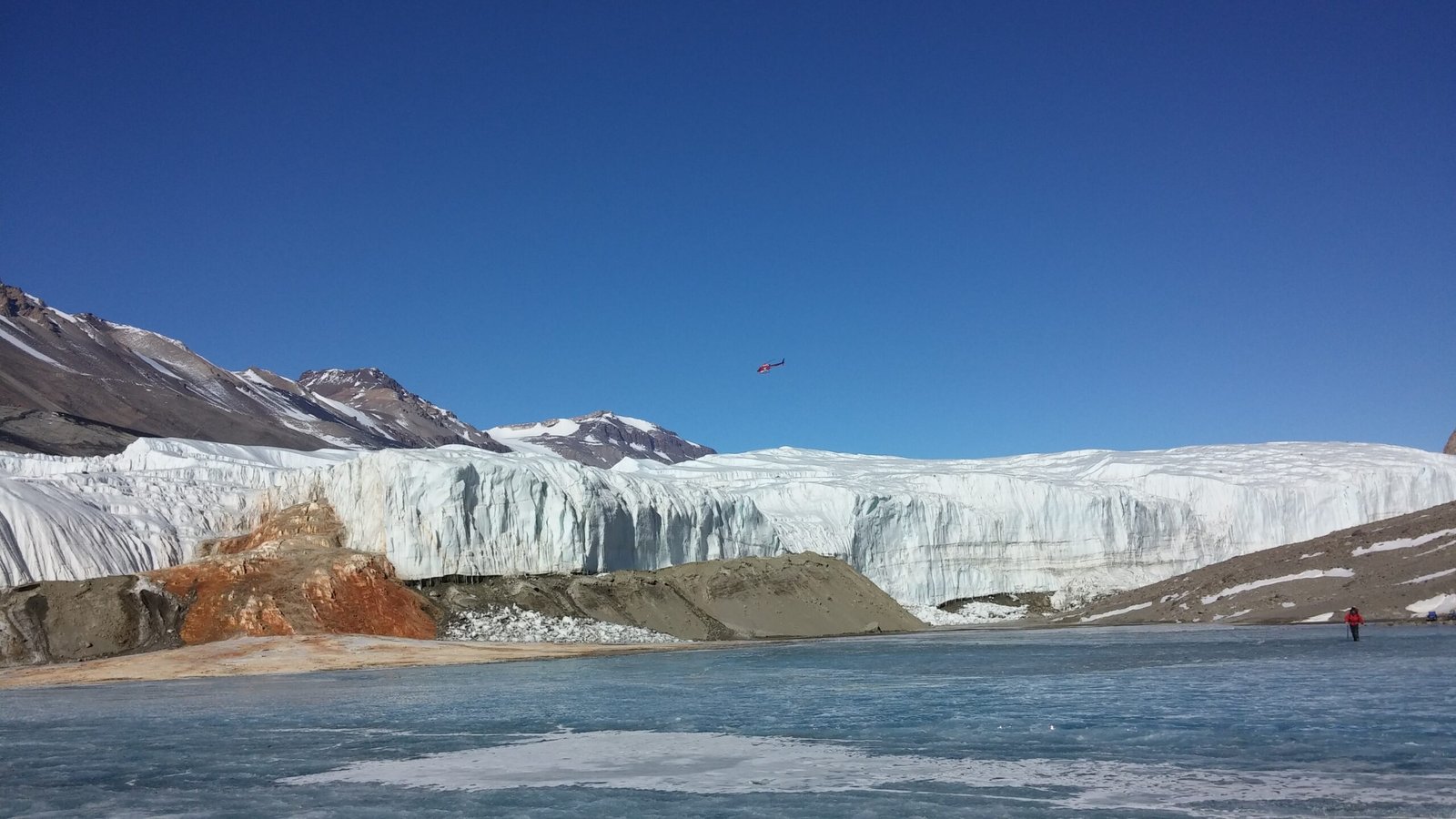
The ancient brine beneath Taylor Glacier acts as a time capsule, capturing clues about Earth’s climate from millions of years ago. By studying the chemistry and trapped gases in the water, scientists can learn about past ice ages, shifting continents, and changing oceans. Blood Falls is more than just a creepy curiosity—it’s a living record of our planet’s history, preserved in rust and ice. Unlocking its secrets could help us better understand how climate change is affecting Antarctica today and what the future might hold for our fragile world.
The Enduring Allure of the Bleeding Glacier

There’s something deeply haunting about Blood Falls that lingers in the imagination. The way it defies expectations, challenges our understanding of life, and bridges the gap between science fiction and reality is nothing short of mesmerizing. For over a century, this bleeding glacier has captured the hearts and minds of explorers, scientists, and dreamers alike. Standing before it—a river of red carving its way across endless white—you can’t help but feel a mix of awe, curiosity, and a little shiver of fear. What other mysteries might lie hidden beneath the ice, just waiting to bleed into the light?




